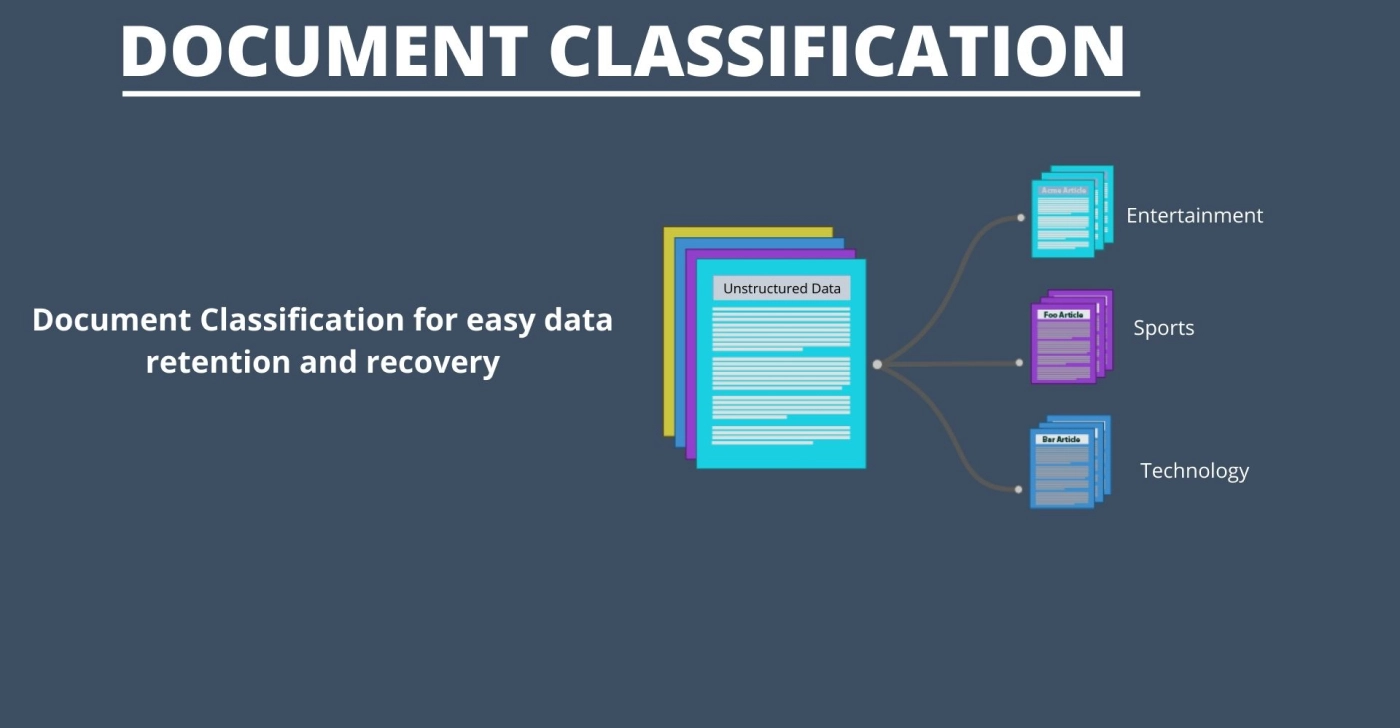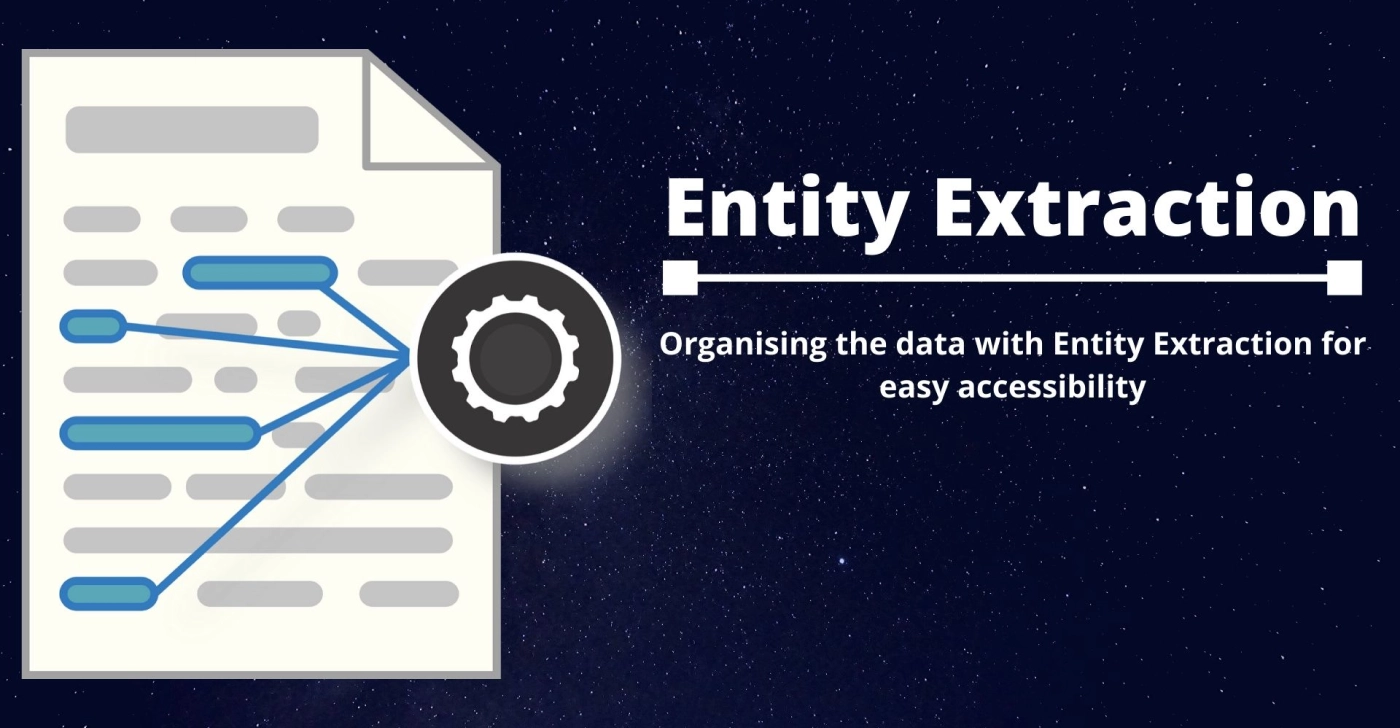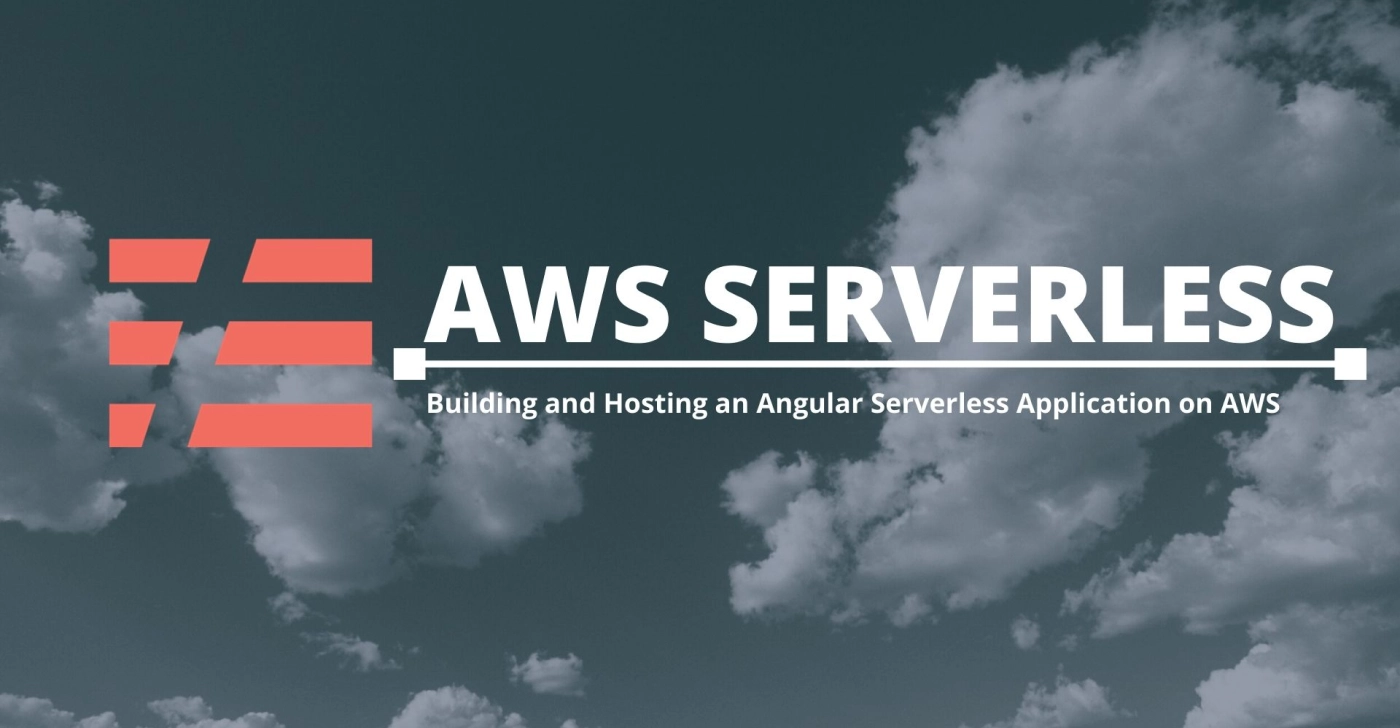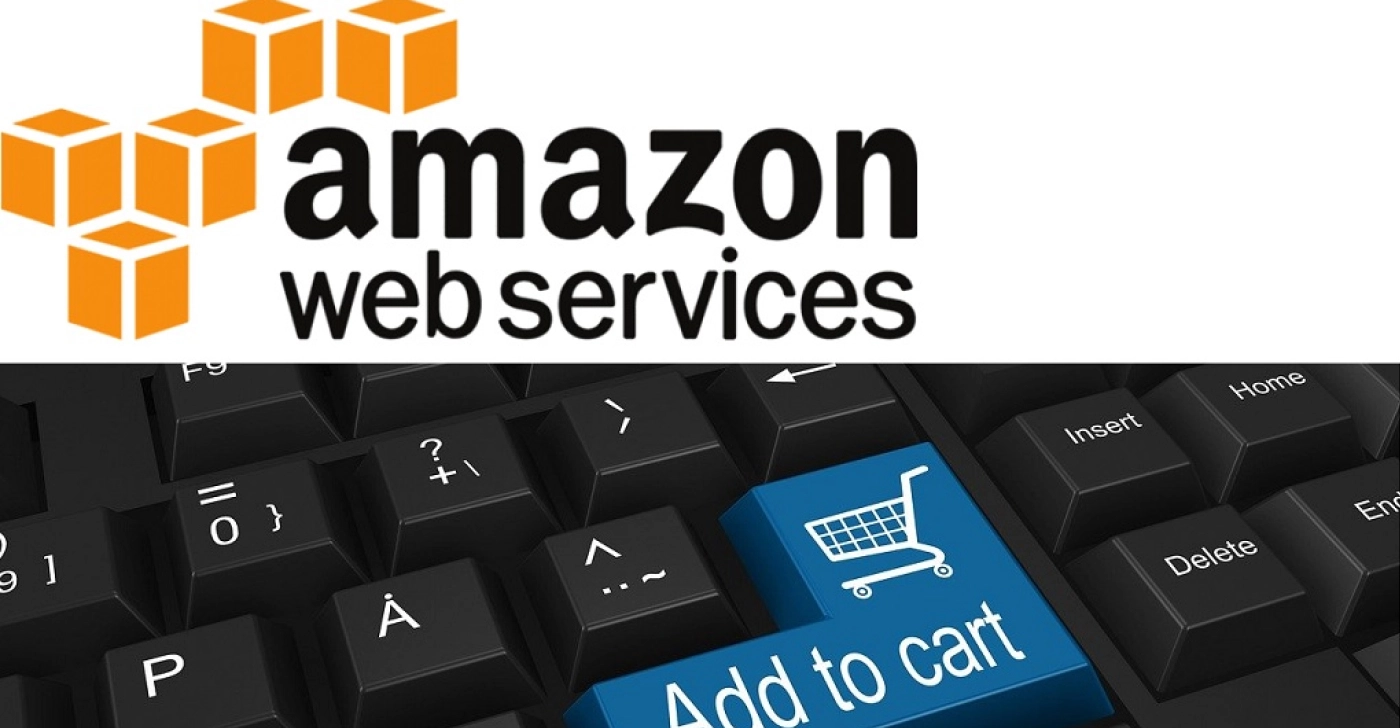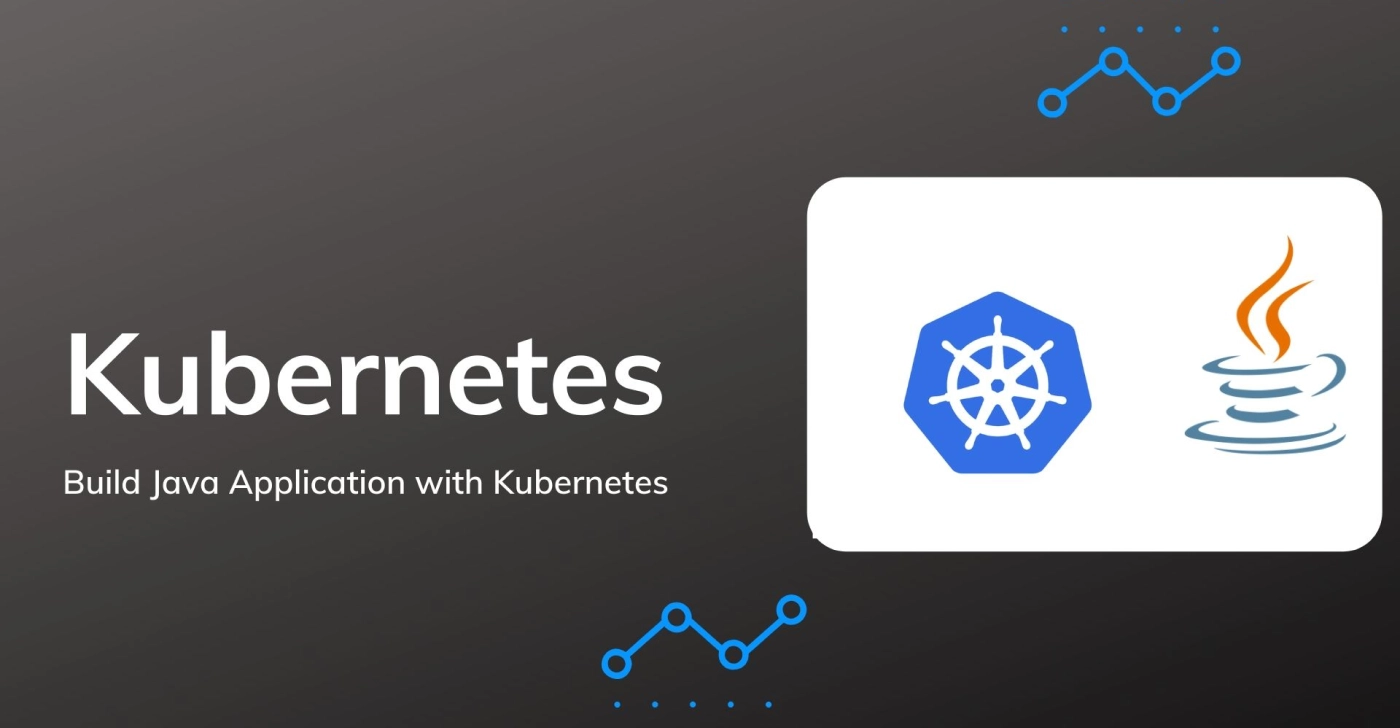| Industry | Virtual Reality/Extended Reality, Training & Development, EdTech |
| Features | Remote assistance, Content Management, Multitenancy, User Management, Device Management, User training & support. |
| Technologies | React, JavaScript, Node.js, Socket.io, HTML/CSS |
| Infrastructure | AWS ECR for docket images, AWS ECS Fargate for running the socket server, AWS CloudFront, AWS S3 for running frontend, Docker for containerisation |
Introduction
A leading provider of cutting-edge enterprise extended reality (XR) solutions designed to empower human potential and revolutionize training efficiency. Operating in the dynamic XR industry, encompassing VR, AR, and MR technologies, their mission is to enhance training and development through immersive experiences. To address their unique challenges, they sought a solution of Remote assistance.
The need for strict protections was driven by the core issues of security and data privacy. There was a need for low latency, high performance, and scalable architecture as well. Demands to balance accuracy with power conservation, manage data effectively, and, most of all, deliver a seamless and user-friendly experience for all stakeholders were equally important.
Client Profile
The client offers the latest end-to-end enterprise extended reality (XR) solutions to boost human potential and improve training efficiency. They operate in the extended reality (XR) industry which encompasses various immersive technologies, including virtual reality (VR), augmented reality (AR), and mixed reality (MR). Their focus is to use XR technologies in Training & development to improve flexibility and training effectiveness in a fully immersive medium.
Challenges
While using the platform, the client wanted to ensure below things to give best user experience:
- Both trainers & device users have consistent and reliable internet access.
- The security and privacy of sensitive data and activities during these sessions.
- The screen casting algorithm works seamlessly across a wide range of devices.
- Low latency and high performance.
- Scalability to handle concurrent connections and data streams effectively.
- Balancing the need for accurate data with battery conservation.
- Efficient data storage, retrieval, and archrivals.
- Seamless and user-friendly experience for trainers and device users
Technical Solution
With our architecture, we tried to enhance the efficiency and scalability of our remote assistance platform while ensuring robust front-end performance and availability. Containerization and ECS with Fargate enable seamless deployment and scaling of the server, and the use of React JS and Socket.io ensures real-time, responsive communication between trainers and device users.
-
Remote Assistance Server
– For the remote assistance server, we opted for Node.js with Socket.io, a real-time communication library.
-
Room-based Communication
– To facilitate group interactions, we leveraged the “rooms” feature provided by Socket.io. This feature efficiently connects users within the same group to their respective trainers, enhancing collaboration and coordination.
-
Frontend Development
– Our frontend is developed using React JS, providing an intuitive and responsive user interface. It establishes connections with the server through Socket.io, allowing users to send and receive commands within their designated rooms.
-
Hosting and Distribution
– To ensure high availability and low-latency content delivery, we host the frontend on an Amazon S3 Bucket and distribute it via Amazon CloudFront.
-
Remote Assistance Server Deployment
– For the remote assistance server, we adopted containerization.
– We dockerised the server, created a container image, and stored it in Amazon Elastic Container Registry (ECR).
– This image is then deployed on Amazon Elastic Container Service (ECS) with Fargate, providing efficient resource management and scalability.
Technical Stack
- Technologies: React, JavaScript, Node.js, Socket.io, HTML/CSS
- Infrastructure: AWS ECR for docket images, AWS ECS Fargate for running the socket server, AWS CloudFront, AWS S3 for running frontend, Docker for containerisation
Architecture Diagrams
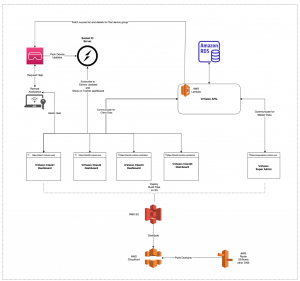
Results/Business Benefits
- Lesser Connectivity Issues
- Higher Security and Privacy
- Managed Compatibility and Device Variability
- No Latency and higher Performance
- Easy Scalability
- Optimized Battery Consumption
- Efficient Data Management
- Seamless and User-friendly experience
Conclusion
We have employed a cutting-edge technical approach created to overcome the difficulties our client faced. Our architecture strategy guarantees reliable performance and constant availability of the front-end in addition to enhancing the effectiveness and scalability of our remote support platform.
We have developed a seamless deployment strategy that enables us to effortlessly scale our server infrastructure through the strategic application of containerization and the use of Amazon ECS with Fargate. The user experience is enhanced to previously unheard-of levels thanks to the integration of React JS and Socket.io, which strengthens real-time, responsive communication between trainers and device users.
With these extensive safeguards in place, we guarantee that our remote help platform is exceptional at satisfying the particular needs of our clients and their end users while maintaining the greatest levels of security, efficiency, and usability.




